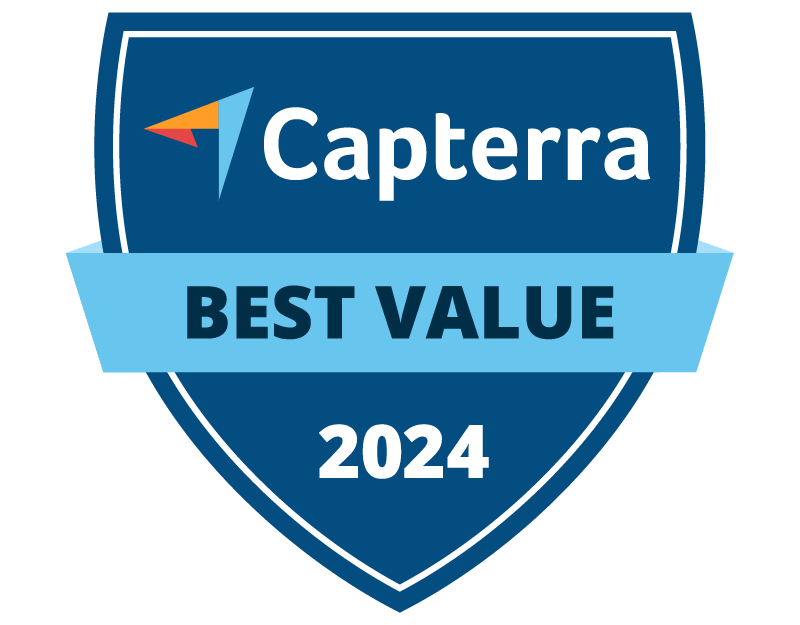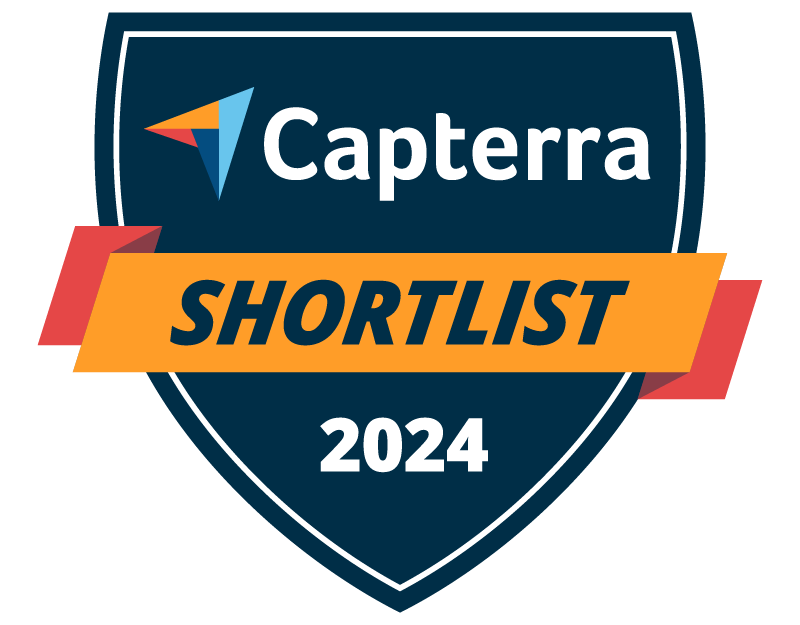<div ms-code-snippet-q="1">What are the most effective fundraising ideas for wildlife rehabilitation nonprofits in 2025?</div><div ms-code-snippet-a="1">In 2025, the most effective fundraising strategies for wildlife rehabilitation nonprofits combine digital and traditional approaches. Online platforms like Zeffy offer user-friendly donation tools optimized for wildlife causes. Virtual events such as live-streamed animal releases or behind-the-scenes rehabilitation center tours engage supporters globally. Crowdfunding campaigns centered on specific animals or projects can go viral on social media. For local engagement, wildlife-themed fun runs, art auctions featuring animal portraits, and 'Adopt an Animal' programs remain popular. Corporate partnerships, especially with eco-friendly brands, provide sustainable funding. Lastly, leveraging AI for personalized donor communications and predictive analytics is becoming increasingly important for maximizing fundraising efforts.</div><div ms-code-snippet-q="2">How can wildlife rehabilitation centers use social media for fundraising in 2025?</div><div ms-code-snippet-a="2">In 2025, wildlife rehabilitation centers can leverage social media for fundraising by creating compelling, shareable content that showcases their work. Regular posts featuring animal rescue stories, rehabilitation progress, and successful releases can build emotional connections with followers. Live videos of treatments or feedings engage audiences in real-time. Platforms like Instagram and TikTok are ideal for short, impactful videos that can go viral. Centers should use targeted ads to reach potential donors interested in wildlife conservation. Implementing social fundraising tools, such as Facebook's donation button or Instagram's donation sticker, makes giving easy. Collaborating with social media influencers passionate about wildlife can significantly expand reach. Additionally, hosting virtual events or challenges (e.g., a '30-day wildlife warrior challenge') can drive engagement and donations.</div><div ms-code-snippet-q="3">What are the best online platforms for wildlife rehabilitation fundraising in 2025?</div><div ms-code-snippet-a="3">In 2025, the best online platforms for wildlife rehabilitation fundraising offer user-friendly interfaces, robust features, and integration capabilities. Zeffy stands out as the top choice, providing a comprehensive suite of tools tailored for wildlife nonprofits, including customizable donation pages, peer-to-peer fundraising options, and detailed analytics. Other effective platforms include GoFundMe Charity, which offers powerful storytelling features and social sharing tools. Classy provides advanced event management capabilities alongside traditional donation processing. For organizations focusing on recurring donations, Donorbox offers flexible subscription models. GiveWP is an excellent option for WordPress-based websites, allowing seamless integration of donation forms. When choosing a platform, consider factors such as transaction fees, ease of use, donor data management, and integration with your existing CRM system to maximize fundraising potential.</div><div ms-code-snippet-q="4">How do I write effective grant proposals for wildlife rehabilitation funding in 2025?</div><div ms-code-snippet-a="4">Writing effective grant proposals for wildlife rehabilitation funding in 2025 requires a strategic approach. Start by thoroughly researching potential funders, ensuring their priorities align with your mission. Craft a compelling narrative that clearly articulates your organization's impact, using data-driven metrics to demonstrate effectiveness. Highlight innovative rehabilitation techniques or technologies you employ. Address current environmental challenges and how your work contributes to broader conservation efforts. Include a detailed budget and timeline for fund allocation. Emphasize partnerships with other organizations or academic institutions to showcase collaborative efforts. Incorporate elements of sustainability and long-term planning in your proposal. Use visuals like infographics or short video clips to enhance your application. Finally, ensure your proposal aligns with current grant-making trends, such as emphasis on climate resilience or community engagement in wildlife conservation.</div><div ms-code-snippet-q="5">What are the emerging trends in donor engagement for wildlife rehabilitation nonprofits in 2025?</div><div ms-code-snippet-a="5">Emerging trends in donor engagement for wildlife rehabilitation nonprofits in 2025 focus on personalization and immersive experiences. AI-driven donor segmentation allows for highly targeted communication strategies. Virtual reality tours of rehabilitation facilities offer donors an intimate look at the impact of their contributions. Gamification elements, such as digital 'animal care' challenges, keep supporters engaged between donations. Blockchain technology is being used to provide transparent tracking of how donations are used. Micro-philanthropy platforms enable donors to contribute small amounts frequently, often tied to specific animals or projects. Environmental, Social, and Governance (ESG) reporting is becoming crucial for attracting corporate donors. Lastly, 'Donor-Advised Funds' are gaining popularity, allowing supporters to make larger, tax-advantaged contributions that can be distributed over time.</div>
























































































